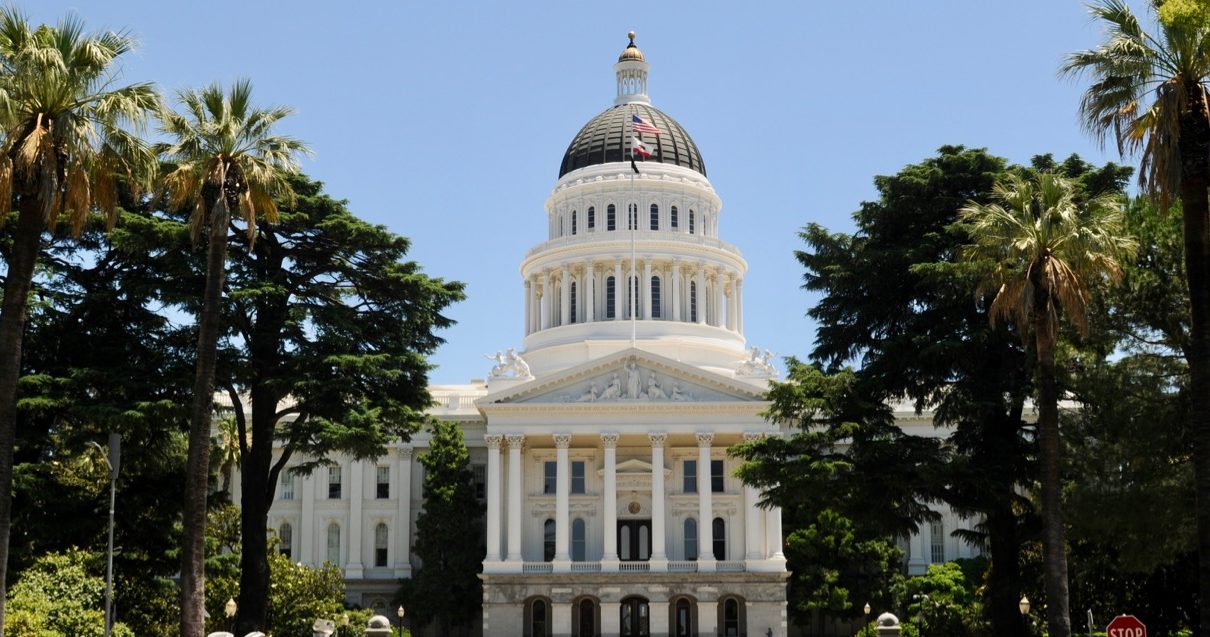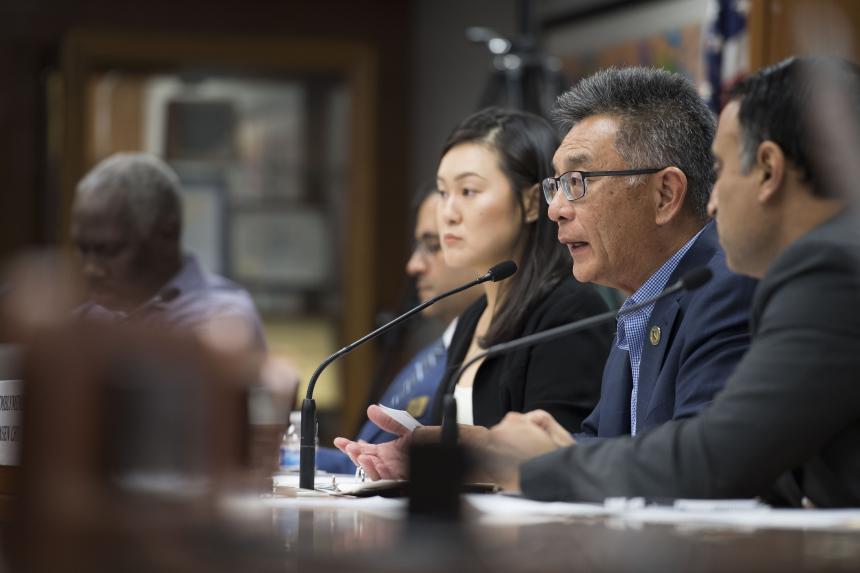
California State Capitol. (Photo: Kevin Sanders for California Globe)
California’s Minimum Wage To Go Up to $13 an Hour in January
Despite the wage improving quality of life for workers, a higher minimum wage may be hurting more
By Evan Symon, December 7, 2019 9:12 am
On January 1st California’s minimum wage will increase by $1 an hour, jumping up to $13 an hour for employers with 26 or more employees and $12 for smaller businesses.
SB 3 and the rise to $15

Ever since SB 3 was signed by former Governor Jerry Brown in 2016, the minimum wage has slowly increased each year. In 2022 it is expected that the minimum wage will reach $15 an hour for the entire state. For a minimum wage job between 2016 and 2022, the average salary has gone up by $15,000.
At the time of the signing of SB 3, the bill was lauded for setting a high standard among states.
“Today’s signing of SB 3, our minimum wage bill, is a tremendous victory for California workers whose tireless efforts, courage, conviction and determination made this possible,” said bill author and former Senator Mark Leno (D-San Francisco) after the bill was signed in 2016. “They are the heroes we celebrate today.”
The quality of life has been noted to have gone up for many low wage workers as a result, with California’s soon to be $15 minimum wage sparking a nationwide movement to make the federal minimum wage that high.
Higher wages and more problems
However, there have been several signs showing that having a higher minimum wage may actually be hurting more people overall.
As Forbes noted, rural manufacturing jobs have have been hurt by a higher minimum wage, as more rural businesses can’t afford higher costs due to the higher wages.
Restaurants in California have also been hurt; 10% of full service restaurants in California have closed down due to the higher minimum wage. Higher prices turned people away.
“It was the minimum wage going up, 100%,” said Pablo Nunez, a Fresno restaurant owner who had to close down earlier this year when the minimum wage hit $12. “We looked at the books and compared that to what we had to do. We went down 5 employees, and the rest had to take up the slack. Servers had to cover more tables. Dishwashers worked more. We had people coming in after a hard days work who left because they were appalled they were making as much as a dishwasher.
“A week before we closed we had so many servers out because a bug going around that we had to have limited service. Even with as few customers as we had by then, it was if we were slammed.”
“And yeah, many didn’t come back because of how much we had to raise prices.”
Fewer jobs because of the rising wage
A UC Riverside study on the minimum wage verified what has been happening statewide. While there is still restaurant growth, a higher minimum is actually leading to less jobs.
“[There will] be 30,000 fewer jobs in the industry from 2017 to 2022 as a result of the higher minimum wage,” claims the study. “Over the period 2013-2022, therefore, the number of new jobs in the full-service industry will grow by 120,000, but would have grown by 160,000.”
The Employee Policies Institute is painting a bleaker picture, with California estimated to lose up 400,000 jobs by 2022 due to a higher minimum wage.
Entire websites have even been dedicated in collecting the thousands of stories of affected workers.
Rural workers become the hardest hit
Taking most of the brunt is rural workers.
“San Francisco, LA, and a lot of other urban counties and cities already have $15 or more as a minimum wage,” explained William Kovach, an economic policy expert who focuses on Western states. “But these rural areas of California, where the cost of living is generally cheaper and annual incomes are lower due to less of a demand for public needs, were not prepared for the pay hike. In some towns, being a cashier at the fast food place on the side of the road has now suddenly become one of the better paying jobs in town.”
“And businesses have compensated in many ways. Cut staff, reduced hours, reduced how long the business is open, reduced advertising, and generally shrank. Residents now had more to work with in terms of money, but it has also meant prices going up. Some businesses don’t advertise as much, so that affects what other companies make. It’s a downward spiral and we’ve seen that with California’s minimum wage.”
“It is more money for workers, but that’s by taking it out of the pockets of others. Or they work less hours overall to make up for the rise. This isn’t a raise where the company can afford it due to better business and calculated it. This is forced adoption to raise salaries whether or not companies are prepared for it.”
With the minimum wage going up in less than a month, new price hikes, cut hours, and other work reducing effects that were seen during the last hike are expected by experts to happen again.
- California Shows First Population Gain Since 2020 - April 16, 2024
- California Sues Huntington Beach Over Voter ID Law - April 16, 2024
- Bill to Introduce Higher Level Math Courses To 8th Graders Introduced In Senate - April 15, 2024





Here we go again, with the Democratic Party’s law of unintended consequences from forced economic policy under the guise of “compassion”…
People lose jobs and a foothold on the economic ladder when their jobs are automated out of existence….
Democrats are feel-good panderers who screw up EVERYTHING they touch….
EVERYTHING!!!
And yet California voters supposedly line up to vote for these imbeciles….
Oh, btw, nice rainbow halo Leno…now we know what YOUR agenda is….
Unbelievable….
CA legislators make policy about the wrong things while the economy erodes underneath them….